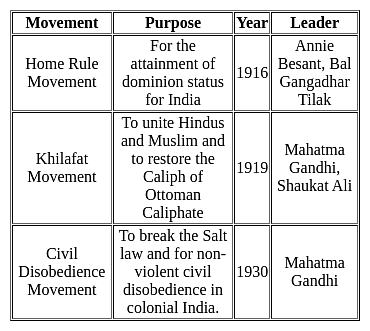HSSC TGT Science Mock Test - 8 - HSSC PGT/TGT MCQ
30 Questions MCQ Test - HSSC TGT Science Mock Test - 8
To facilitate learning for all students, with special emphasis on SEDGs, the scope of school education will be broadened to facilitate multiple pathways to learning involving_________and __________ education modes.
Let us assume that a teacher wishes students to gain some understanding of the horrors of war and to be able to suggest peaceful alternatives to international conflicts. This objective can be fulfilled by
Nepal banned which mountaineer of Haryana for 10 years?
For classroom discussion sessions which of the following is the most appropriate in encouraging reflection amongst learners?
Which of the following pair of elements follows Newland’s octave rule -
A current of 2 ampere is passing through a metallic wire of cross-sectional area 2 x 10-6 m2. If the density of the charge carriers in the wire is 5 x 1026 m-3, then the drift velocity of the electrons will be
A Charge is fired through a magnetic field. The magnetic force acting on it is maximum when the angle between the direction of motion and magnetic field is
A current of 0.1A was passed for 2hr through a solution cuprocyanide and 0.3745g f copper was deposited on the cathode. Calculate the current efficiency for the copper deposition.
The embryonic development in bryophytes takes place in the
At 1000 K water vapour at 1 atm. has been found to be dissociated into H2 and 02 to the extent of 3 x 10-6 %.Calculate the free energy decrease of the system, assuming ideal behaviour.
If in a population, natality is balanced by mortality, then there will be
According to IUCN, when a taxon is facing an extremely high risk of extinction in the immediate future, it is
Consider the following properties.


Select intensive and extensive properties.
For many groups of animals or plants, which is the most well-known pattern in diversity?



















